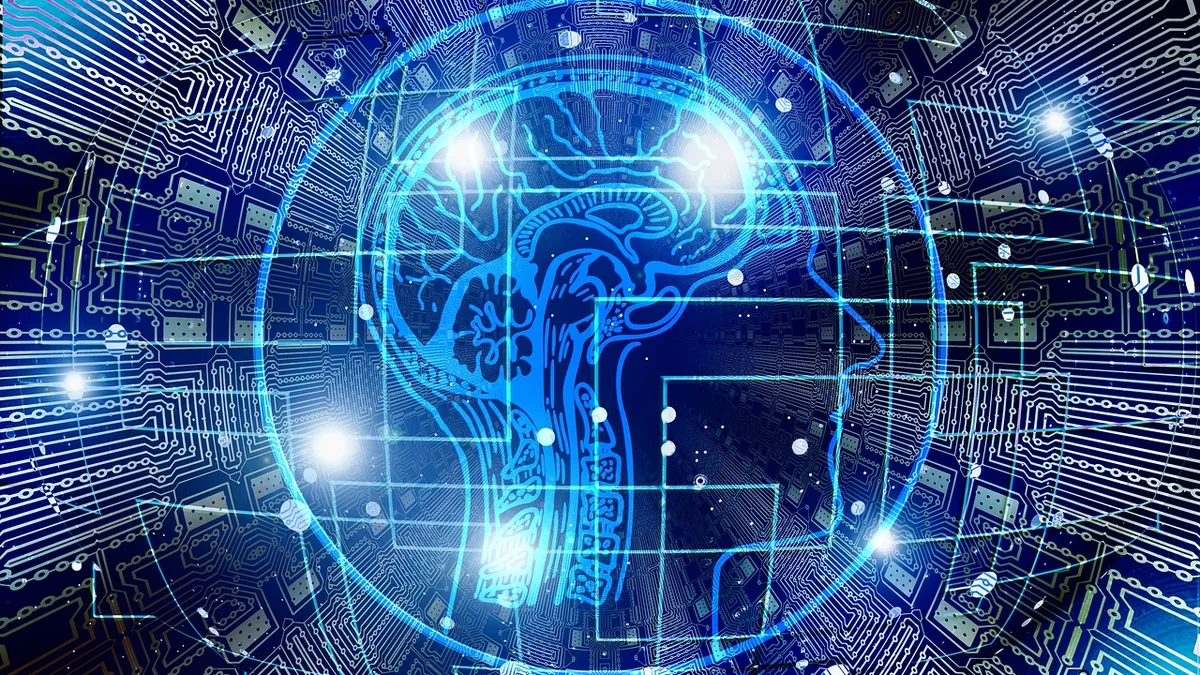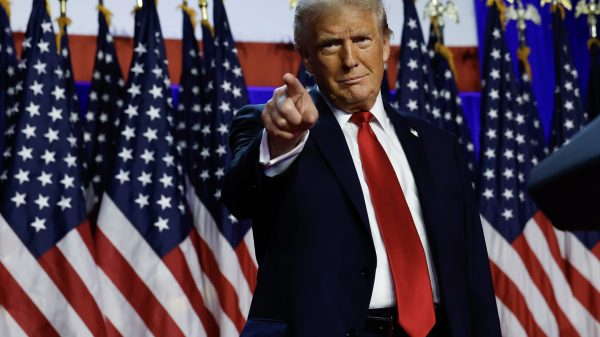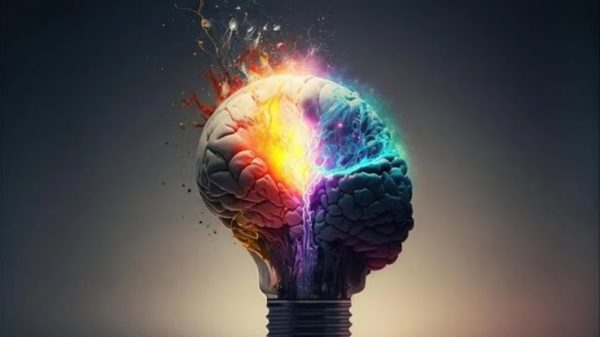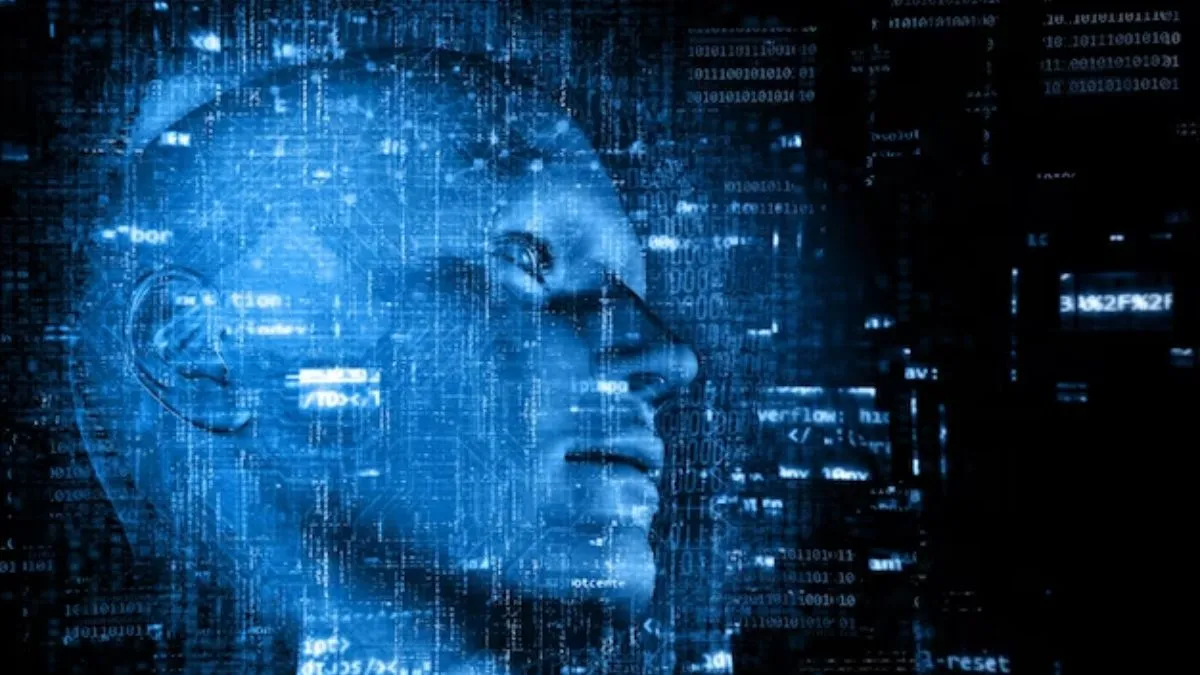In 2024, incidents of deepfakes are on the rise, with projections indicating a potential increase of over 60%, resulting in more than 150,000 global cases. This surge marks deepfake attacks as the fastest-growing form of adversarial artificial intelligence.
According to Deloitte, these attacks are anticipated to inflict more than $40 billion in damages by 2027, primarily targeting the banking and financial sectors. The growing prevalence of AI-generated voice and video manipulations raises serious concerns about eroding trust in institutions and governments, highlighting the sophistication of deepfake tactics used in nation-state cyberwarfare.
The evolution of misinformation has taken a significant turn, particularly during election cycles, with deepfakes transitioning from simple disinformation tools to sophisticated mechanisms of deception. Srinivas Mukkamala, chief product officer at Ivanti, notes the increasing difficulty in distinguishing real information from fabricated content due to advancements in AI technologies.
This sentiment is echoed by many business leaders, as 62% of CEOs and executives foresee potential operational challenges posed by deepfakes in the next few years, with a minority viewing it as an existential threat. Furthermore, Gartner predicts that by 2026, 30% of enterprises may no longer rely on face biometrics for identity verification due to AI-generated deepfake attacks.

Surge in Deepfake Incidents Raises Alarms Over Trust and Security in 2024
A concerning statistic from Ivanti reveals that over half of office workers are unaware that advanced AI can convincingly impersonate voices, raising alarms about potential election vulnerabilities. The U.S. Intelligence Community’s 2024 threat assessment highlights Russia’s usage of AI for deepfakes, targeting individuals in conflict zones and politically unstable regions as prime candidates for manipulation.
As deepfake incidents become increasingly common, the Department of Homeland Security has issued guidelines addressing the growing threats posed by these fabricated identities.
In response to the escalating risks, OpenAI has developed GPT-4o, a sophisticated model designed to detect and mitigate deepfake threats. This autoregressive omni model processes various inputs—text, audio, images, and video—utilizing strict parameters to recognize anomalies.
OpenAI’s extensive red teaming efforts aim to ensure that GPT-4o can effectively identify potential deepfake content by continuously training on emerging attack data, enabling it to stay ahead of evolving deepfake tradecraft.
Key capabilities of GPT-4o include advanced Generative Adversarial Networks (GANs) detection, which identifies subtle inconsistencies in synthetic content that might escape human perception.
The model’s voice authentication filter cross-references generated voices against a database of known legitimate voices, utilizing over 200 unique voice characteristics to enhance accuracy. Moreover, GPT-4o’s multimodal cross-validation ensures that audio, video, and text inputs align in real-time, helping to flag discrepancies indicative of deepfake manipulation.
The increasing incidence of deepfake attacks on high-profile individuals, including CEOs, underscores the sophistication of these threats. For instance, a recent incident involved multiple deepfake identities during a Zoom call, tricking an employee into authorizing a significant transfer.
Experts like CrowdStrike CEO George Kurtz emphasize the rising concerns around the misuse of deepfakes, particularly in shaping narratives and influencing behavior during critical events like elections. As the role of AI expands, prioritizing trust and security in digital interactions becomes paramount, with industry leaders advocating for ongoing skepticism and critical evaluation of information authenticity to counter the deepfake threat.









































